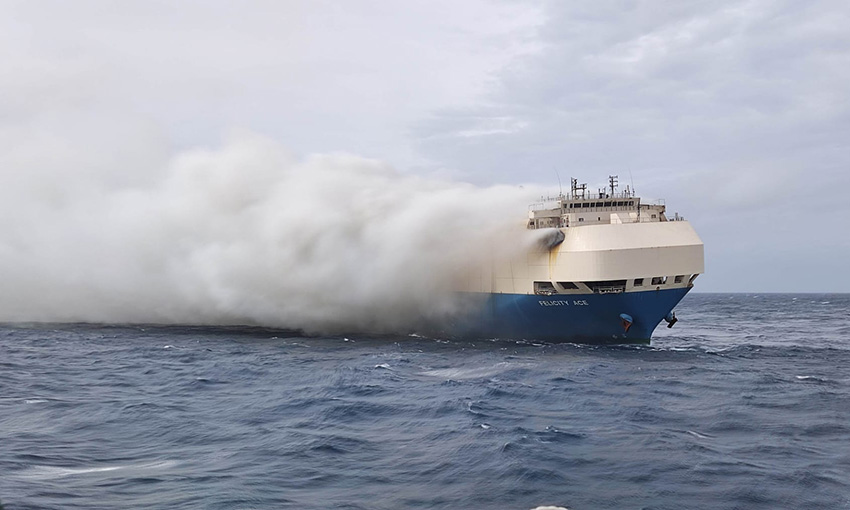FAILURE of lithium-ion batteries poses a larger safety threat to the maritime supply chain than the industry realises, a new whitepaper suggests.
The Lithium batteries whitepaper, issued by insurers TT Club and UK P&I Club and scientific consultant Brookes Bell,highlights the risks of transporting the batteries by sea.
Insurers expect production and transport of lithium-ion batteries to rise rapidly in the coming years as demand for “green power” for a range of products (from mobile phones to electric vehicles) increases.
However, authors of the whitepaper believe the maritime supply chain is largely unaware of the hazards and “potentially catastrophic” consequences of battery failure at sea.
TT Club risk management director Peregrine Storrs-Fox said the industry needs to recognise the hazards.
“Recently, serious and sometimes catastrophic incidents involving lithium-ion batteries have become more commonplace, with fires reported in all modes of transport – ocean, air and land – as well as in warehouses and where such consignments are at rest,” Mr Storrs-Fox said.
In February this year, a fire broke out on Felicity Ace, a ro-ro vessel carrying around 4000 cars. Reuters reported some of the vehicles were made with lithium-ion batteries, making the blaze extremely difficult to extinguish. The ship eventually sank.
UK P&I Club loss prevention director Stuart Edmonston emphasised the damage ship fires can cause.
“The consequences of battery failure and the resultant thermal runaway must be clearly understood and the correct procedures for handling them adhered to throughout their lifespan,” he said.
Thermal runaway occurs when heat generated by the battery reaches a level where it becomes self-sustaining, resulting in a rapid temperature rise that is difficult to stop.
The whitepaper suggests thermal runaway can be caused by heat, impact, crushing, penetration, overcharge and defects and can result in explosion, fire or release of smoke and gas.
“The dangers can exist no matter the status of the battery; charged, semi-charged, used, second-hand or scrap, and whether present in devices and vehicles or packaged separately,” Mr Edmonston said.
The whitepaper outlines risk prevention measures such as correct classification and declaration of lithium-ion batteries, safe packaging, mandatory labelling, uniformity of testing regulations and appropriate storage prior to transporting batteries.
It also discusses current firefighting provisions and recommended changes.
Brookes Bell managing scientist Karwei So said the whitepaper is relevant for industries which transport and manufacture lithium-ion batteries and those who enter the goods into the supply chain.
“While increased industry awareness is crucial and technology to monitor and restrict fires is advancing, the increased capacities of batteries and the expected rise in trade volumes means regulations are potentially not fit for purpose, having been slow to catch up,” she said.

